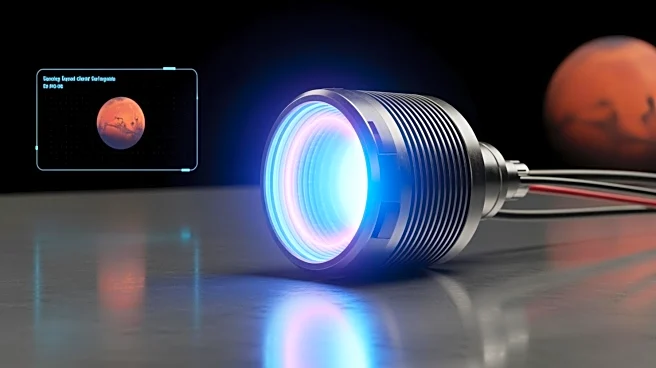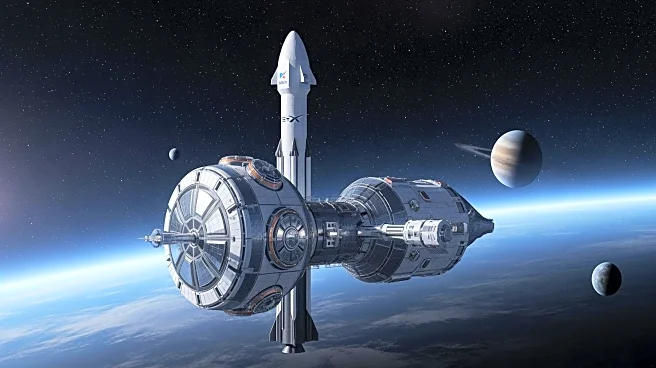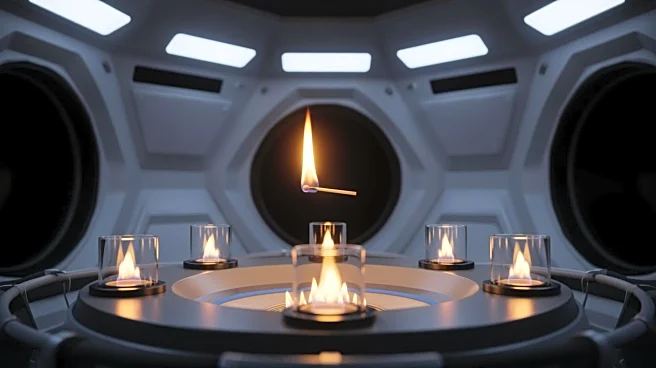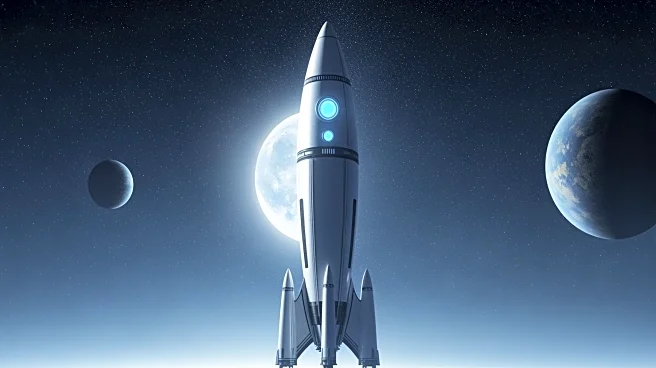What's Happening?
Russian scientists from Rosatom have developed a laboratory prototype of a plasma electric rocket, which could potentially reduce the Earth-Mars transit time to just 30 to 60 days. The engine uses a magnetic
plasma accelerator to ionize hydrogen into plasma and expel charged particles at high velocities, offering greater propellant efficiency compared to chemical rockets. The prototype operates at an average power of 300 kW and can sustain operation for over 2,400 hours, which is considered sufficient for a Mars mission. The team aims to build a flight-ready version of the engine by 2030.
Why It's Important?
The development of a plasma engine capable of significantly reducing Mars transit time represents a major advancement in space exploration technology. This innovation could revolutionize interplanetary travel, making missions to Mars more feasible and cost-effective. By offering greater propellant efficiency and higher exhaust velocities, plasma engines could enable sustained acceleration over long durations, reducing travel time and potentially lowering mission costs. This breakthrough could accelerate human exploration of Mars and other distant planets, opening new possibilities for scientific discovery and space colonization.
Beyond the Headlines
The plasma engine's reliance on electromagnetic fields for propulsion highlights the shift towards more sustainable and efficient space travel technologies. This development could lead to broader adoption of electric propulsion systems in space exploration, reducing dependency on chemical fuels and minimizing environmental impact. The successful implementation of plasma engines could also drive further research and investment in advanced propulsion technologies, paving the way for future innovations in space travel.











